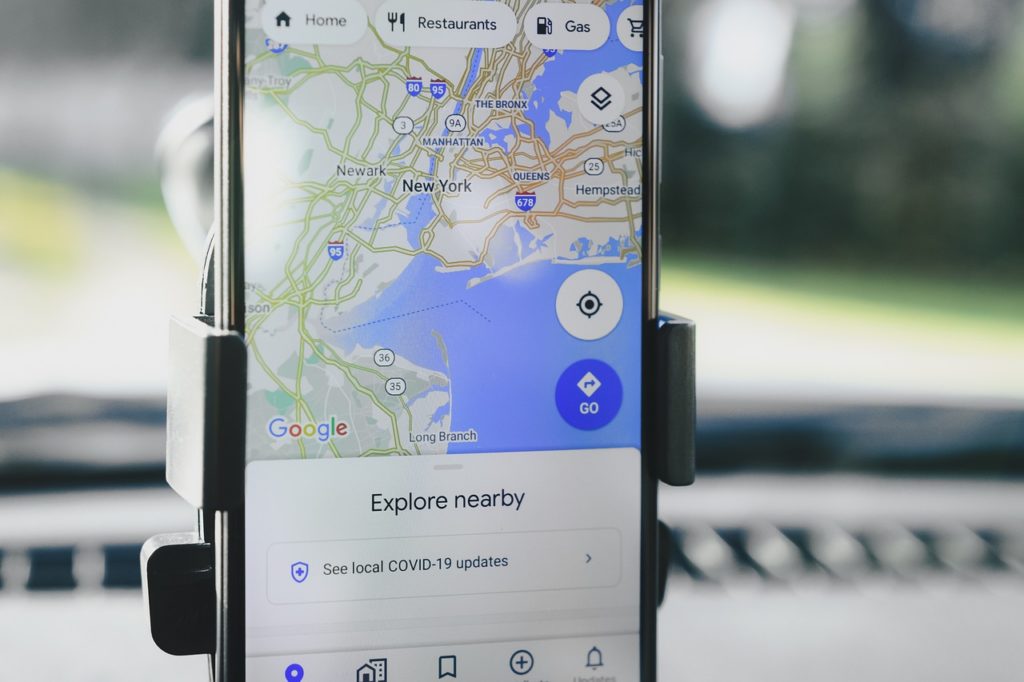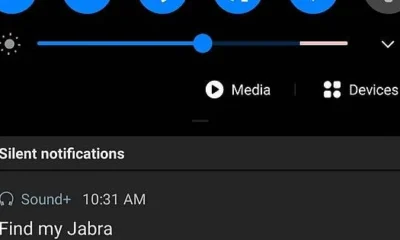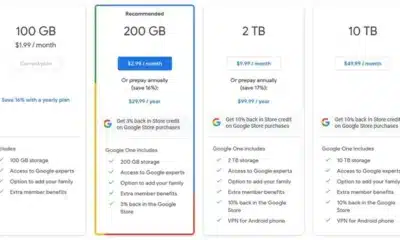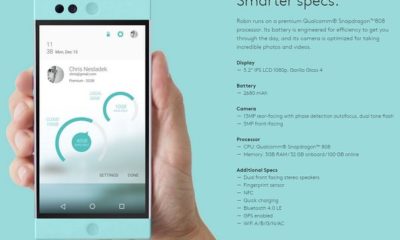Tech
Trusted Use of Satellite Navigation Sources

In the modern world, where digital technology permeates almost every aspect of daily life, satellite navigation has become a cornerstone of various applications, from individual navigation on smartphones to advanced applications in aviation, maritime, and defense sectors. Trust in satellite navigation sources is of paramount importance, as inaccuracies or uncertainties could lead to significant mishaps, even catastrophic events in some instances. This article explores the essence of satellite navigation systems, how we establish trust in them, real-world examples of their trusted use, and how future technological trends could influence this trust.
Understanding Satellite Navigation Systems
Satellite navigation systems, often referred to as Global Navigation Satellite Systems (GNSS), are intricate arrays of satellites that provide geospatial positioning with global coverage. There are several GNSSs operational today, the most recognized among them being the Global Positioning System (GPS) of the United States.
GPS, initiated in the 1970s by the US Department of Defense, has since permeated civilian life, proving invaluable for navigation, time dissemination, and other applications. It consists of a constellation of at least 24 operational satellites covering the globe.
Russia’s equivalent to GPS is GLONASS (Global’naya Navigatsionnaya Sputnikovaya Sistema), which achieved full global coverage in 1995 and has since been a crucial player in global navigation.
Europe’s answer to satellite navigation, the Galileo system, is under the civilian control of the European Union. It provides features like the ‘Search and Rescue’ (SAR) service and is interoperable with GPS and GLONASS.
China’s BeiDou Navigation Satellite System (BDS), initially regionally focused, expanded to global coverage in 2020. BDS, along with offering positioning, navigation, and timing services, also provides short message communication.
These systems work by broadcasting signals from satellites to receivers on earth. By calculating the time it takes for the signal to travel from the satellite to the receiver, the receiver can determine the distance to multiple satellites and thus accurately pinpoint its location on the globe.

Establishing Trust in Satellite Navigation
The reliability and accuracy of data from satellite navigation systems are non-negotiable in many scenarios, like guiding airplanes or navigating ships. Thus, establishing trust in these sources is crucial.
Accuracy of data is one of the most vital factors affecting trust. To enhance accuracy, GNSS receivers often use data from multiple systems (e.g., GPS and GLONASS) simultaneously, a method known as GNSS interoperability. Also, augmentations, such as Wide Area Augmentation System (WAAS) in the US, help improve accuracy by correcting signal errors.
Integrity of the signals is another critical element. It refers to the system’s ability to provide timely warnings when it fails to meet the required accuracy. Aviation applications often require high integrity.
The availability of signals—how often and consistently signals are accessible—is another crucial determinant of trust. Urban canyons, mountainous terrains, or intentional disruptions like jamming can reduce signal availability.
Methods to verify reliability include continuously monitoring the signals from control stations, using redundant systems for critical applications, and employing techniques like Receiver Autonomous Integrity Monitoring (RAIM) to detect anomalies.
Case Studies: Trusted Use of Satellite Navigation Sources
The critical role of trusted satellite navigation sources is highlighted in several industries and instances. In aviation, the trusted use of GPS and other GNSS data is critical for en-route navigation and landing procedures. For instance, GPS-guided Category III Instrument Landing System (ILS) can guide an aircraft to land in zero visibility conditions.
In the maritime industry, the reliability of satellite navigation systems like GPS, GLONASS, or Galileo is key for safe and efficient navigation, especially in tricky sea routes. They aid in vessel tracking, port approach, and docking maneuvers, ensuring safety and operational efficiency.
Emergency services heavily rely on accurate and trustworthy satellite navigation data for quick and precise response. For instance, in search and rescue operations, Galileo’s SAR service has saved countless lives by relaying distress signals and accurate positioning data.
The Future of Trust in Satellite Navigation
As technology advances, the trust in satellite navigation systems continues to grow. Enhancements in satellite technology, such as more accurate atomic clocks, more satellites for better coverage, and advanced error correction methods, are improving the reliability and accuracy of these systems.
However, the future also brings challenges that could potentially affect this trust. Spoofing—transmitting fake signals to deceive GNSS receivers—and jamming—intentionally interfering with the signals—are emerging threats that could undermine the reliability of these systems.
The development of anti-jamming and anti-spoofing technologies, the use of encrypted signals for critical applications, and international collaboration for secure GNSS services are some of the ways to mitigate these threats and sustain the trust in satellite navigation sources.

Conclusion
The pivotal role of satellite navigation systems in our society highlights the importance of establishing trust in these sources. Understanding the functioning of these systems and the factors influencing their reliability is crucial for effective and safe usage. The future of satellite navigation looks promising with technological advancements enhancing reliability. However, new challenges emerge concurrently that must be tackled to maintain this trust. Ensuring the trusted use of satellite navigation sources, therefore, remains an ongoing effort involving technological innovation, rigorous testing, and international cooperation.
-

 Phones6 months ago
Phones6 months agoHow Do I Know if My Phone Supports AR?
-

 Tech6 months ago
Tech6 months agoDoes Astigmatism Affect Your VR Experience?
-

 Business5 months ago
Business5 months agoHow Do You Make an AR Without Coding?
-

 Phones5 months ago
Phones5 months agoWhat To Do About That Weird Notification Sound on Android?
-

 Tech5 months ago
Tech5 months agoHow Can I Get Google Drive 1TB for Free?
-

 Phones5 months ago
Phones5 months agoHow Does SnapDrop Work? – Instant File Sharing Made Easy
-

 Tips and Tricks5 months ago
Tips and Tricks5 months agoCan You Use Windows VR for Sculpting?
-

 Tech4 months ago
Tech4 months ago5 things you’ll miss after switching to iPhone from Android



















